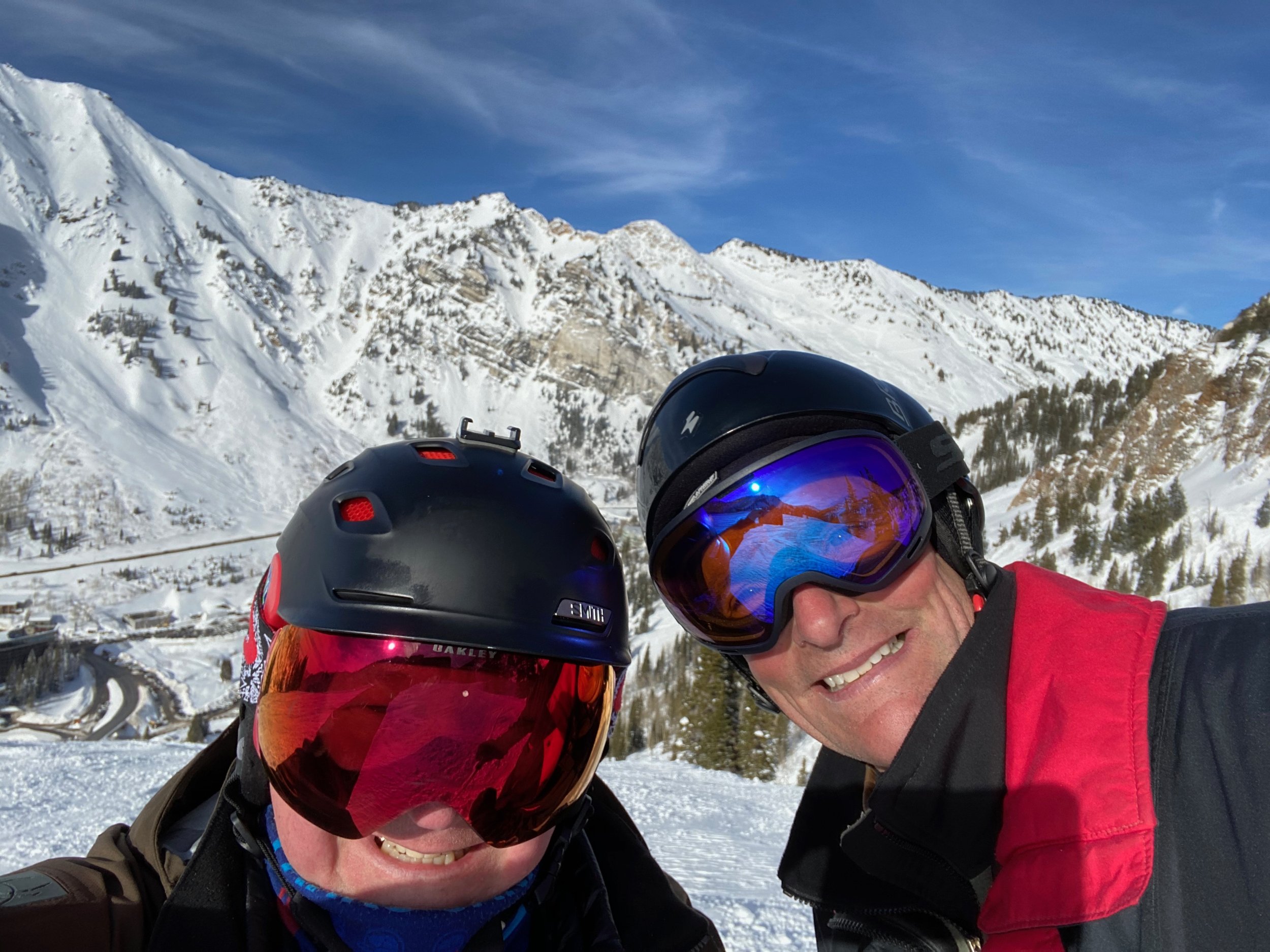Ski Season Caution
I have been skiing since I was 5 years old. I grew up in the mountains of North Carolina and spent snow days skiing and enjoying the outdoors. My first job out of fellowship was with my dad in Boone, NC, taking care of all the injuries from the local ski areas. On busy ski weekends, the number of Emergency Room consults was incredible. I now see a large number of post-ski injuries in Richmond as people return from vacation.
The most common ski injury I see is an anterior cruciate ligament (ACL) tear of the knee. The ski is a giant lever arm attached to the foot by a rigid boot. When the ski gets twisted, the knee or ACL experiences incredible torque. The skier feels a pop and then gets a ride down the hill on the ski patrol sled. Wearing a circular brace around the knee does very little to decrease this force.
There are several ways you can decrease your ACL risk while skiing:
1. Prepare for Your Trip Like You Would Train for a Race
It amazes me that some skiers maintain a sedentary lifestyle but expect to ski hard at altitude for 4–7 days. Quadricep weakness or fatigue drastically increases the risk of ACL injuries. All skiers are familiar with the “quad burn” that happens during ski days. To prepare for your trip, focus on fitness and quad strength. Running, cycling, stair climbing, squats, lunges, and wall sits are excellent exercises.
John Macy is a long time friend and an incredible shoulder surgeon from Vermont. He has also been the USSA Team physician, US Ski Team since 2015. I asked him for some thoughts around this.
“Functional strength training is my new go-to activity that allows me to focus more, work smarter and play harder, with less stress and easier recovery. And now, after 60, I feel stronger than I have in years. Keeps me motivated, less prone to injuries and feeling ready to take on whatever challenges the day brings. Ever forward!”
2. Ensure Your Equipment is Properly Fitted
Make sure your skis are the appropriate size, and your bindings are adjusted correctly. Newer skis are shorter, wider, and much easier to control. The key is the binding release setting, which is based on your weight and skiing aggressiveness. You want your skis to release if you experience a twisting fall!
3. Monitor Fatigue During the Day
East Coast ski areas are at altitudes of 3,000–5,000 feet, while West Coast areas can reach 10,000–14,000 feet. This elevation means less oxygen and greater fatigue. Acclimate yourself upon arrival and pay attention to how you feel. The most common reason you see all the patrol sleds at the end of the day is fatigue.
4. Save Alcohol for Après-Ski
5. Understand the “Phantom Foot Phenomenon”
Research by Dr. Robert Johnson at the University of Vermont (vermontskisafety.com) identified a common mechanism for ACL tears called the “phantom foot phenomenon.” His research highlights six combined elements often linked to ACL injuries:
Uphill arm back
Skier off balance to the rear
Hips below the knees
Uphill ski unweighted
Weight on the inside edge of the downhill ski
Upper body facing downhill
To reduce your risk, respond with arms forward, feet together, and hands over your skis. If you need to bail, keep your knees flexed. Avoid trying to stand once your hips are below your knees.
6. Ski in Control
Always pay attention to the difficulty signs.
If you injure your knee while skiing, seek evaluation at a slope-side ER. If x-rays and/or an MRI are performed, ask for a disk copy so your doctor can review the images. The ER should provide you with a knee immobilizer and crutches. You can use an ACE wrap for compression, but expect significant swelling. If you are flying or driving a long distance, start 325 mg of aspirin daily to reduce the risk of blood clots. Be sure to contact your sports medicine physician to arrange follow-up care.
Ski safe and enjoy the snow!

